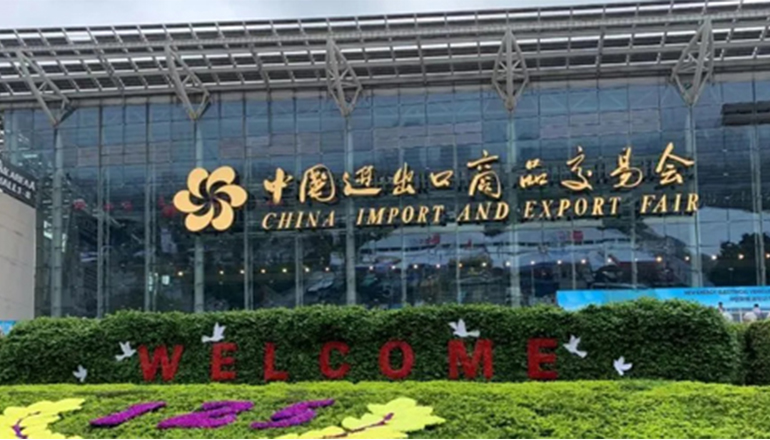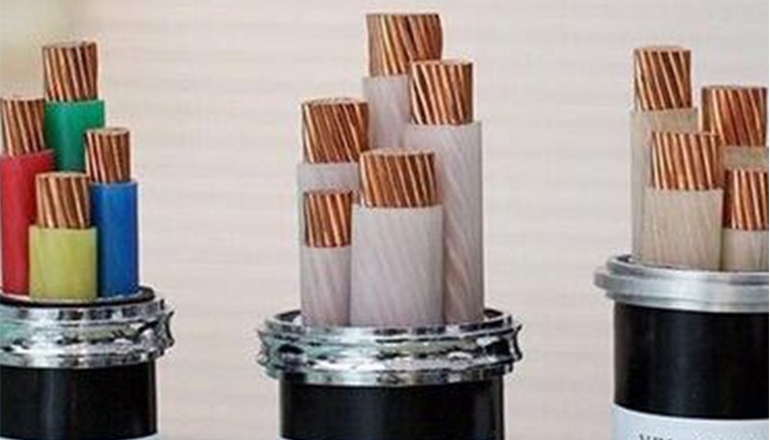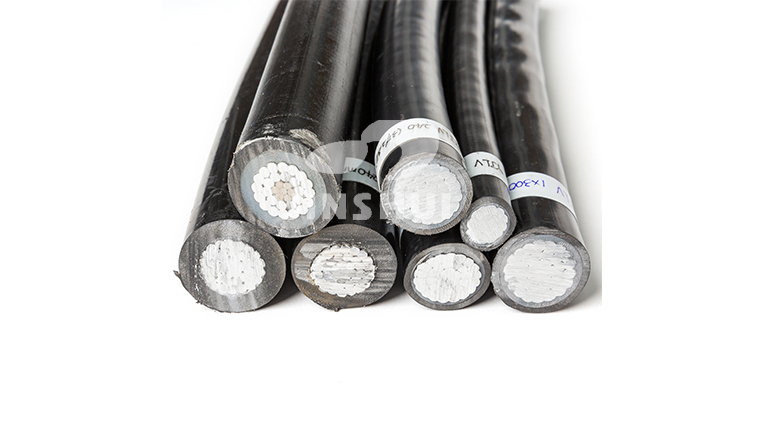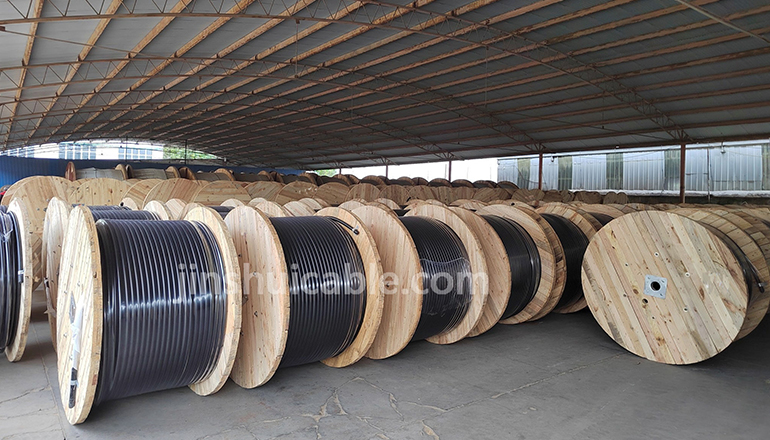- Offices Time:24 Hours Online
- Email:[email protected]
- WhatsApp:+8618339938759
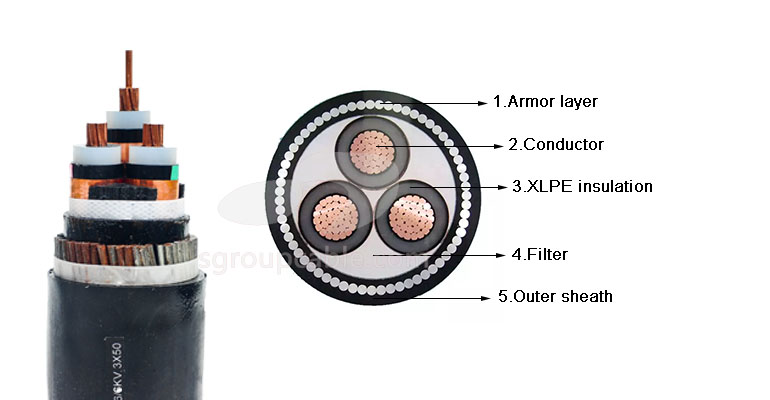
Posted on December 2, 2022
What are the precautions for using high voltage cables?
High-voltage cables are mainly used in traditional interconnection communications. Common cables are composed of copper wire conductors isolated by insulating materials. The entire cable is covered by a sheath of polyvinyl chloride material, so it has good insulation performance. At present, in the entire market, there are various types of products sold, and there are certain differences in the corresponding functions and specific uses of different types of products. Due to the superior product characteristics of high-voltage cables, the application fields are very wide, and there are many brands sold in the market. There will also be some counterfeit and shoddy products, so we must clearly pay attention to some related matters in daily use.
1.Do not run parallel high-voltage cables and power lines. Motors, industrial electrical equipment, transmission lines, power transformers and other household appliances have strong electromagnetic waves. When laying high-voltage cables, they should not run parallel to the power lines, but should also be kept away from electrical equipment and their lines, so as to reduce their interference as much as possible. .
2.Put an end to the use of fake and shoddy high-voltage cables. Because counterfeit and shoddy products are often cut corners and shoddy in production, the product quality is poor, and there is no technical performance guarantee. For example, the materials used for the inner and outer conductors and insulating media are of poor quality, and various parameter specifications are not standard, which will cause the attenuation constant to be too large. , poor frequency characteristics, poor shielding performance, poor temperature characteristics, too much deviation of characteristic impedance, etc.
3.It is strictly forbidden to use sharp objects to pierce the cable to steal signals. In order to steal TV signals, some people use sewing needles, pins or even small iron nails to pierce the inside of the cable, causing a stable or unstable short circuit between the inner and outer conductors of the cable, resulting in a large amount of attenuation of the signal on the high-voltage cable line , and will affect the adjacent branches, and will also cause the cable TV signal to leak outward. When rain or moisture invades the cable through the pinhole, the impact and loss will be even greater.
4.Improve the installation quality of cable ends and connectors. When the end of the high-voltage cable is connected to the terminal box and the amplifier and other components, the connection quality of the outer conductor cannot be ignored. If the connection is loose or disconnected, the signal level will be greatly reduced. In the cable TV system, it is often used on the TV screen. There will be an obvious horizontal black band in the middle of the system, and there is an interference band moving slowly to the left in the vertical direction. The system is also very vulnerable to interference from nearby power frequency and radio frequency.
5.Do not use the wrong characteristic impedance. The characteristic impedance is an important technical parameter of high-voltage cables. The commonly used types are mainly 75 ohms and 50 ohms. If the impedance does not match during use, the signal-to-noise ratio of the transmitted signal will decrease, and the image will appear ghosting and deteriorate. The frequency characteristics of the system, the increase of the data bit error rate, etc.

6.Prevent mechanical damage. Since the high-voltage cable is composed of two isolated concentric conductors, the inner and the outer, and the axes of the inner and outer conductors are still coincident, the physical structure determines a series of unique properties of the high-voltage cable, such as caused by external force factors. The mechanical deformation of the high-voltage cable is equivalent to destroying the physical structure. It is necessary to change its electrical parameters, which will degrade its main characteristics and affect the signal quality. In order to prevent the high-voltage cable from being mechanically damaged during planning and construction, the following points must be paid attention to point:
(1)Improve the installation quality of cable ends and joints.
(2)Prevent high-voltage cables from being interfered with in parallel with power lines.
(3)The mechanical strength of high-voltage cables is limited, so they must not be pulled strongly during construction and installation.
(4)To ensure the safety of high-voltage cables during construction, pay attention to anti-smashing, anti-pressure, anti-collision, anti-squeeze, and anti-puncture.
(5)When wiring, try to keep high-voltage cables away from high-temperature heat sources and high-temperature environments. At the same time, we should also pay attention to strengthening moisture-proof and waterproof.
(6)Prevent the inner and outer conductors from being separated during connection and the inner and outer conductors cannot be interchanged at will, otherwise it will affect the normal transmission of signals.
(7)Do not reserve too many lines, because the attenuation of the signal in the cable increases with the increase of the cable length, so the shorter the cable path, the better.
Post categories
Most Popular Posts
-
The 135th China Canton Fair
March 20, 2024 -
What are the laying methods of copper core wires and cables?
January 9, 2024 -
What are the advantages of aluminum conductor cables?
December 14, 2023 -
Characteristics of high temperature wires and cables
December 7, 2023


